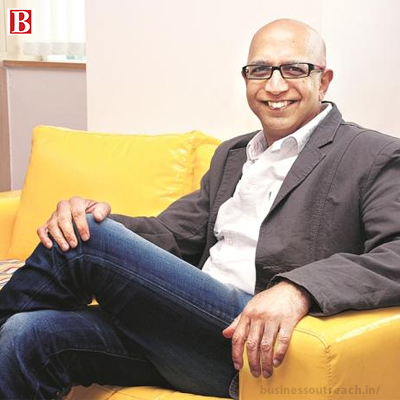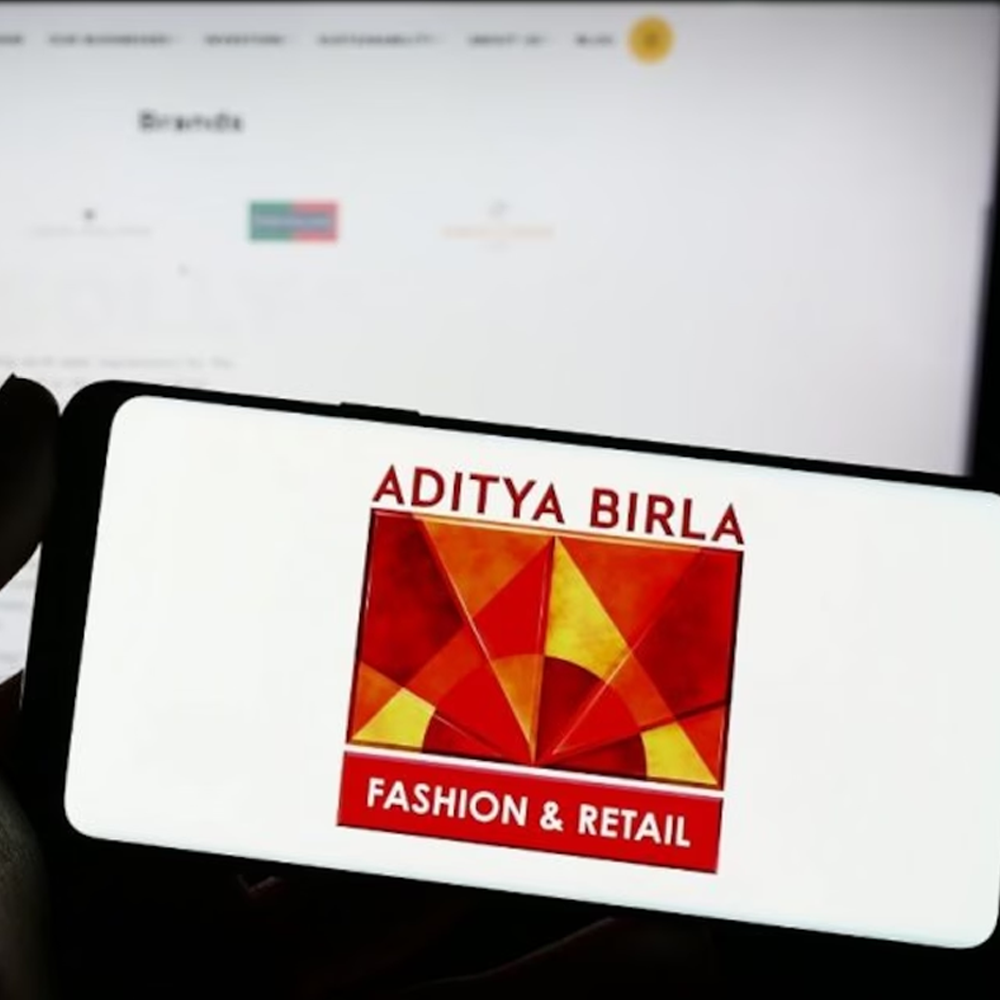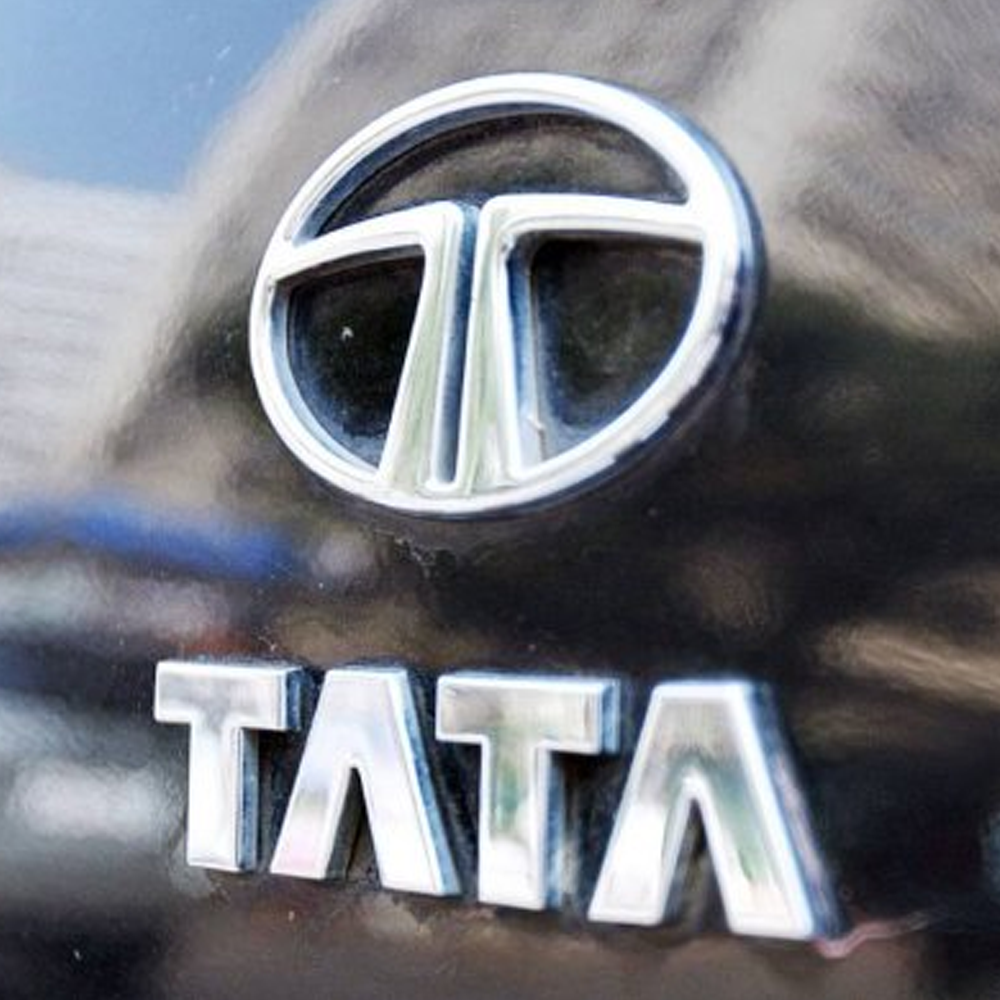Because of sitting at home and not spending on other discretionary categories including dining out, calling people to our homes, spending on other discretionary products, some of that is coming into jewellery as it is a store of value and people feel good about bringing their money into jewellery, said CK Venkataraman, MD, in an interview with ET Now. Edited excerpts:

While your Q4 performance was good, discounting last year’s lockdown, how are the demand trends that you are foreseeing for the first quarter of FY22 given the localised lockdowns?
Not making any assessment of that at the moment honestly, because it is way too dynamic for us to assess and do anything about. So, we are just, in fact, putting the safety of our people before the business. We closed the Bangalore stores four-five days before the government brought in the lockdown and we have empowered our regional heads to go ahead and shut cities ahead of the curve, in a sense. So, we are at the moment not looking at what is likely to be the sale in Q1. We are waiting it out, and maybe take a view on it at the end of May when things stabilise.
Besides Bangalore, how many stores across the country are operational as of now?
I do not have a count because we are empowered. I remember yesterday, Ajoy of the jewellery division was talking about roughly 50% of the stores working as of yesterday, if I recall right. But that is just a recollection. All our conversations at the moment are about the safety of people and not about how many stores are open.
The low-studded ratio, higher contribution of plain gold coin and the loss from the customs duty impacted your EBIT margins in the fourth quarter. Do you see this continuing in FY22 as well given the consumer sentiment?
The studded share has to be seen in the context of the total sales. When we grow 60% in sales — that was the growth for the jewellery business because that grew more — the company grew at 60%. When you are growing at that level, even if the studded business grows 25%, the gold business is growing at 65%, the studded ratio drops. But that is not a material thing as long as you keep growing the total gross margin of the business.
Our problem was more the management of many of the other parts, which is the business mix. For example, more jewellery sales, fewer watch sales, more coin sales, less studded sales were all the parts that delivered a certain lower gross margin growth compared to the sales growth. Some of the things that we have to control, we deliberately let the sales growth happen in FY21 without really wanting to fix it because our focus, our emphasis was sales growth, market share gain and competitive advantage improvement. All that we have achieved and into FY22 those controllable factors will not go out of control. We will make sure that we maintain those and extract as much value as we need. We are not worried about the impact of most of those going forward.
Your jewellery revenue stood at about Rs 6,422 crore in the fourth quarter. How much of that was pent-up wedding jewellery sales demand?
If you look, Q3 sales growth was pretty decent. While to some extent there was pent-up demand, if I remove the effect of the last fortnight of March 20th from the base and just look at five fortnights starting from 1st January 20 to 15th of March 20 versus 1st January 21 to 15th March 21, that growth was upwards of 40% and our wedding share is nowhere. Like Ajoy was mentioning on the call yesterday, some of the big jewellers have a 50% share of the wedding, we are not in that league. Therefore, it would be very difficult to determine whatever the pent-up demand was because nobody has a date that was locked in May, and then say that it was postponed to February.
You are right to the extent that some of it would have shifted, but nothing to the extent of contributing so much to the 40% plus growth that we saw. So, there is greater interest in the jewellery category because of the share of wallet shifting, greater spend in the wedding because other avenues of expenditure like the celebration itself are muted. You are not hiring big halls or five-star hotels. You are not catering to 2,000 people and so many other bells and whistles that you do at weddings. Some of that is certainly going to wedding jewellery, and that will continue because for the next year or maybe more, you are not going to celebrate the weddings how we used to celebrate.
And of course, the store of value has picked off. Because of sitting at home and not spending on other discretionary categories including dining out, calling people to our homes, spending on other discretionary products, some of that is coming into jewellery as it is a store of value and people feel good about bringing their money into jewellery. I do not see the delayed effects of weddings and Q4 having a big impact on the growth that we had.
If you correlate the behaviour pattern to what we are seeing in prices of gold, how has that trend been? Historically, when we see sharp inflation and a cooling-off, we see consumers prepone buys. Is that similar to what you are seeing this time around? What are the trends suggesting?
Typically, the price volatility of gold is what keeps consumers anxious, not the rising price of gold because that is seen as a positive by consumers. Gold is also an asset class and therefore they are confident that the money that they have put in is going to be worth more. But if it keeps oscillating in a very short time, that is when people are worried. For example, I bought it yesterday and three days later it fell. There is a feeling of notional loss and that spooks people and they do not come in. That settles after a while if the price starts either being stable or continues to rise, we do not see people holding back. This is something that we are used to. I have been used to this since 2005. There are some blips and then there is a steady demand once the price either settles or continues to rise over a certain line.
There is flat revenue growth and margins are a little lower this time around in the watches segment. What are some of the factors at play here and what is the outlook when it comes to the segment?
The watches division has got two parts to it. One is the main business which we are well known for, which is the watches. The other one is where we are a recent entrant, which is the wearables business. The watches business has upwards of 95% of contribution to this division and the wearables business is just beginning. As far as the watches business is concerned, given the nature of the category, it was the most challenging situation in FY21 because people were all sitting at home, they had their mobile phones, they were looking into their laptops. Like even when I am speaking to you, I know that it is 9:56 AM and therefore the need for a watch as a timekeeping device was not there and because we were not dressing up so much, the need for a watch as an accessory was also not there. We were not socialising, it was at its lowest in many-many years; forever one could say. And till that socialising remained depressed, the intrinsic demand for a product like watches, which is the most discretionary in our company’s portfolio was a challenge. I must say that despite that intrinsic disadvantage, the recovery rate for the retail businesses of watches in Q4 was higher than our estimate — close to 100% — and we were quite satisfied with that.
The wearables business is a different thing. It has been driven in the last four-five years by substantial activity in that category, by substantial interest in people wanting the office assistant on their wrist, people wanting health and fitness on their wrist and due to the Covid-related complications of even SPO2 and temperature and all that. The role of the wearable has become much more and the wearable market is looking for continuing explosive growth. Titan Company, as I said, was a late entrant into this and we also realise that we did not have the capabilities that are required to make a mark in this. We went about acquiring that capability in 2019 and we have had it for a little more than a year.
We acquired a company called HUG Innovations which is based in Hyderabad and is now a part of Titan, which is the team of the wearable business. And starting the second half of calendar 2021, we certainly expect to make a much bigger play in the wearables business and go towards taking our rightful place in that category as well. Overall, the confidence and belief in the watches as an accessory, as opposed to a timekeeping device, has always been that belief. But the continuing belief that there is a large number of people — and we have done extensive research on this — who wants to wear a watch as an accessory to match their mood, match their clothes, wear it for the right occasion, whether it is in the office or at home or socialising, that opportunity is very large and growing. We are going to be pushing that as well. But the wearables business, because of the size of it for the industry as well as for the company, will have a very different growth trajectory and we are very bullish on that as well.















